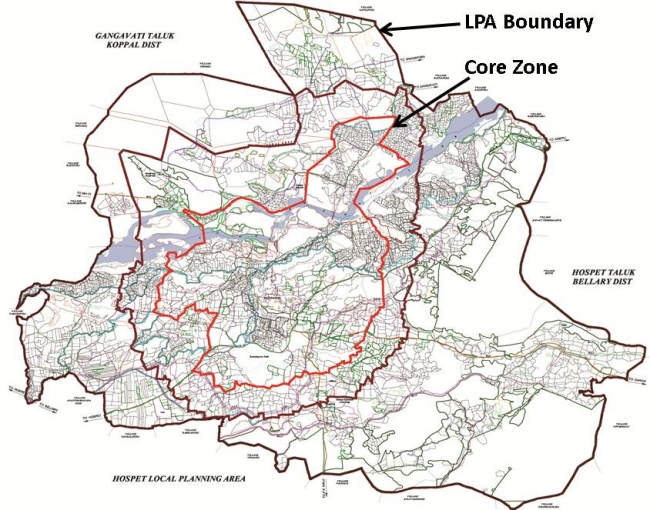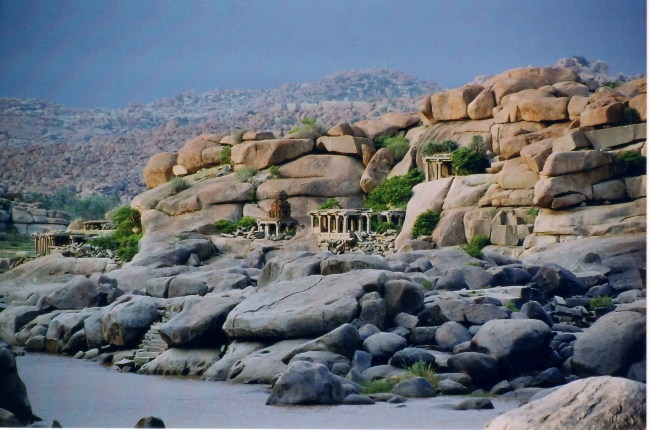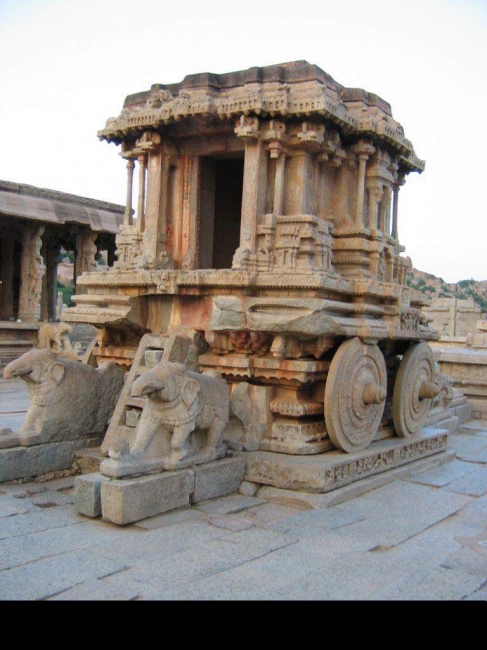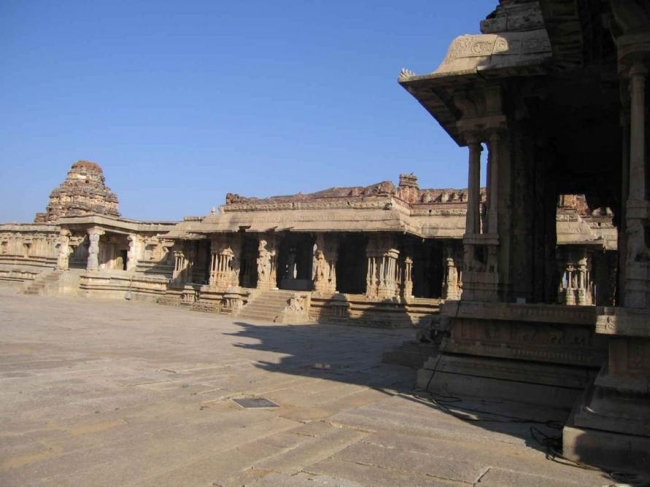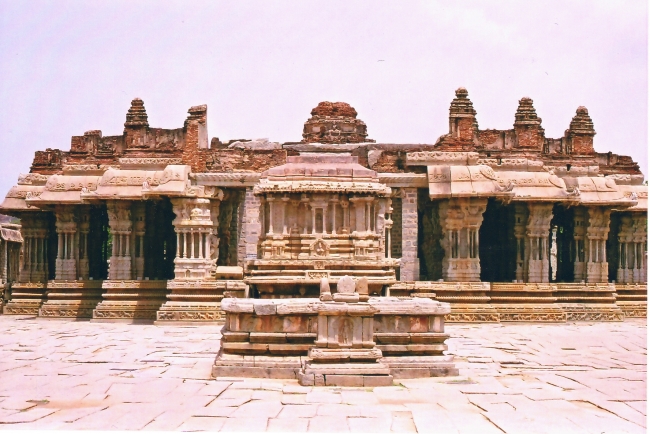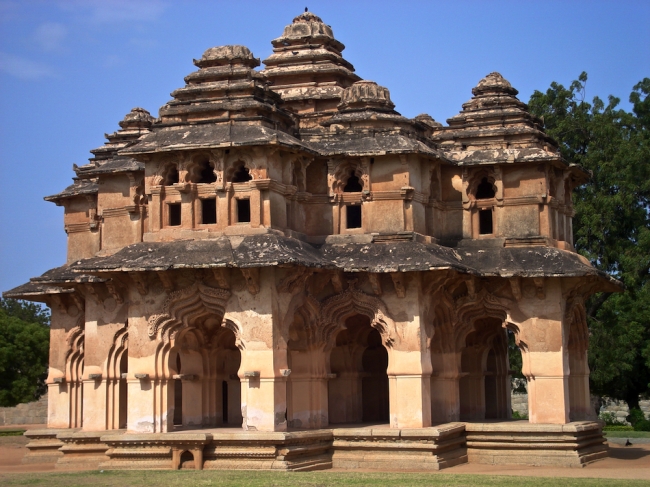| The Hampi World Heritage Site, India |
| From:Consultants to Joint Heritage Management Program for Hampi World heritage Site Author:Somi CHATTERJEE PublishDate:2013-02-28 Hits:9112 |
The Hampi World Heritage Site is the ruinous remains of the medieval Capital of the Vijaynagara dynasty (includes the 56 nominated monuments), located along the banks of River Tungabhadra, in the Stake of Karnataka in India. The Site spreads over an area of 236.46 km2 in two districts, with a core area of 41.8 sq km. It had been enlisted as ‘Group of Monuments, Hampi’ in the World Heritage list in 1986 under criteria (i), (iii), (iv). Predominantly an archaeological ruin (surface and sub-surface), the cultural resources also include interrelated systems, like natural, defense, water, royal, sacred, network and living heritage, some of which are functional till date. In the course of the Vijaynagara Research Project, more than 33000 cultural resources were found present within an area of approximately 11 sq km. The Site is under the protection of the Archaeological Survey of India (ASI) and the State Department of Archaeology and Museums (DAM) and has a dedicated site management agency, the Hampi World Heritage Area Management Authority (HWHAMA), set up under HWHAMA Act’ 2002.
The limited perception heritage and the ineffective protection and management mechanisms, lead to the site being declared endangered in 1999. With the intervention of UNESCO, a Site Management Plan was asked to be prepared as a compliance measure over and above cessation of construction activity, especially the 2 suspension bridges and a shopping centre within the protected property. After several plans made by many groups and individuals, the Integrated Management Plan as prepared by Prof. Nalini M. Thakur with her Team was accepted as most apt for value-based conservation, protection and management of the cultural resources of Hampi. Plan preparation initiated in 2003, its implementation began in 2005 and the Site was removed from the Endangered List in 2006. The finalization of the plan is underway.
As per the Integrated Management Plan of Hampi, a Joint Heritage Management Program is required to be formed which will be the sole authority for decision making concerning all aspects of heritage conservation, protection and management. The Joint Committee is a collaboration of the Archaeological Survey of India, the State Department of Archaeology and Museums, and the Hampi World Heritage Area Management Authority, and has been initiated in January 2010. As the first of its kind, JHMP aims to strengthen the technical aspects, to ensure better co-ordination of technical activities and quality management. Furthermore JHMP works towards implementing a single program and technical standards for the site and to develop a common philosophy, policy, standards, processes and specifications that need to be followed by the various implementing agencies. The Comprehensive Conservation Plan, is an important responsibility of the Joint Heritage Management Program, which focuses on safeguarding the interest of all cultural resources alone, and is an important steps towards initiating good practice towards heritage management.
|
- News | WHITRAP Shanghai and CNR-ISPC bilateral meeting
- News | WHITRAP meets Cité de l’Architecture et du Patrimoine
- WHITRAP Hosting "Workshop on Preliminary Assessment for National Focal Points of the Asia Region" in Chengdu
- WHITRAP Shanghai meets UNESCO
- INTERNATIONAL CONFERENCE PRELIMINARY ANNOUNCEMENT & CALL FOR PAPERS
- Observation of the 46th Session of the World Heritage Committee
Copyright © 2009-2012 World Heritage Institute of Training and Research-Asia and Pacific (shanghai)


